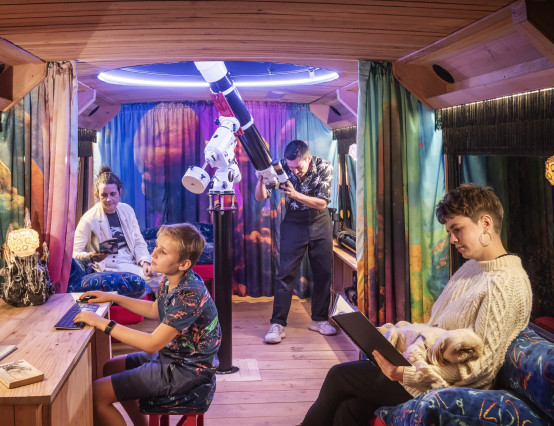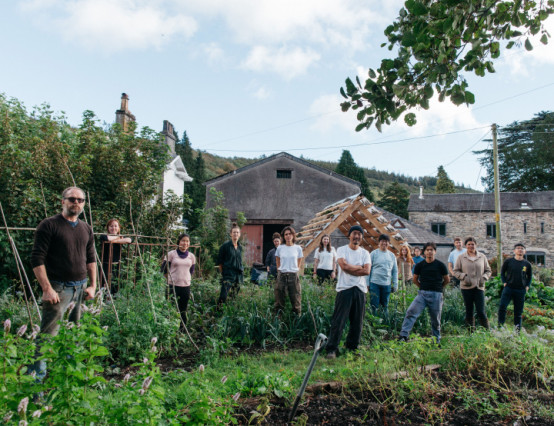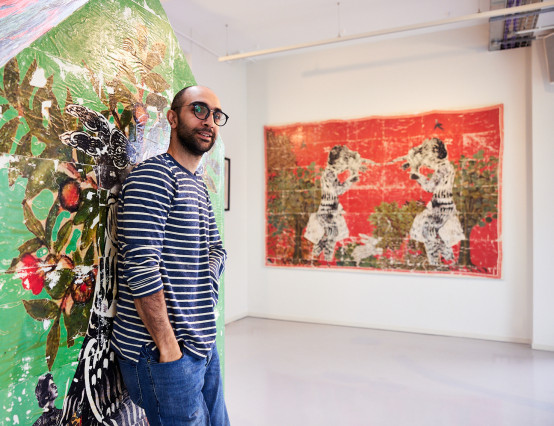At National Trust Ickworth, the Living History team attracts young dramatics and historians alike. Historical interpretation, also known at Living History or historical reenactment, is the perfect way to involve young volunteers in heritage work, as well as attracting a new generation to the heritage site itself.
Back in 2016 I wrote about my experiences as part of the reenactment team. Since then, I’ve continued reenacting the life of 1930s domestic servants at Ickworth House, and witnessed the growth of the group to include more teenagers and young people.
I caught up with Jasmine Canham, a seventeen-year-old experienced historical interpreter, who reenacts not only at Ickworth House but also Kentwell Hall, renowned for its first-person Tudor historical interpretation.
What skills have you gained from volunteering with the National Trust and at Kentwell Hall?
I've definitely got better at working with all different types of people. Working with people of all different ages and backgrounds is a really important life skill and volunteering has really helped develop my confidence and social skills.
In addition to the teamwork skills and patience I’ve developed, it's also helped with timekeeping. Even though you're giving your time for free, it's important to be on time and fully prepared for a day of work.
How has your volunteering furthered your career opportunities?
Future employers can look at my CV and see that I have a variety of work experience. It shows that I'm passionate about my work and willing to put time and effort in, even when I'm not being paid for it!
Do you think more can be done to involve young people in heritage? If so, what?
I think the real key to getting more young people involved is definitely through social media as that is where we spend a lot of our time. I know that organisations like the National Trust are always working hard on media like Facebook and Instagram, but maybe showing pictures and posts of the young people they've already got will make it appeal to our generation more. Once a few of people are interested they will start spreading the word. I think proving there is really young people involved will definitely encourage others.
***
Beth Faulding is House Steward at National Trust Ickworth, responsible for the delivery of Living History events and the recruitment of volunteers of all ages. Here’s what she thinks about young people in heritage.
What skills do you think young people gain from being involved in heritage?
At heritage sites, young people have the opportunity to interact with a variety of different people that they may not come across in their everyday lives. They can therefore become more comfortable and confident at communicating with people of different ages and from different backgrounds, and consequently further develop their communication skills.
For example, at Ickworth House our Living History team is made up of a range of different ages; from 16-year-olds to people in their 70s or 80s. Effective communication within the group helps them to recreate the lives of Ickworth’s servants in the 1930s.
Empathy is also another skill that can be learned from heritage involvement, particularly Living History reenactments. We ask our volunteers to research and really think about what life was like for servants in the 1930s. Engaging with what people’s lives were like in the past and (quite literally) walking in their shoes really helps to build this skill.
How have you seen museums and heritage organisations, whether the National Trust or another organisation, reach out to young people?
Bristol Museums are a particularly good example of involving young people in heritage. They have a youth panel made up of 16-22 year olds who meet up to explore the museum’s collections and help to plan events for other young people.
I think the most effective way for heritage organisations to reach out to young people is to offer experiences which are relevant to their lives and which can help them to develop. It’s about offering young people practical exercises which allow them to engage with heritage on their terms.
What else do you think we can do to ensure the next generation are engaged with heritage and museums?
It’s all about making heritage sites and museums relevant to young people. The biggest hindrance to young people engaging with heritage is that they think ‘that’s not for me’. If you can overcome this barrier then that’s an important first step.
Museums are effective at engaging young people when they offer experiences that the audience can relate to, such as exhibitions on technology, music , film or current affairs. Offering unique opportunities to engage with collections in different and inspiring ways can also help with engagement. To me it should be less about lecturing young people that they should care about museum collections and heritage sites, and more about working with them so they can build their own unique relationship with these places.







0 Comments